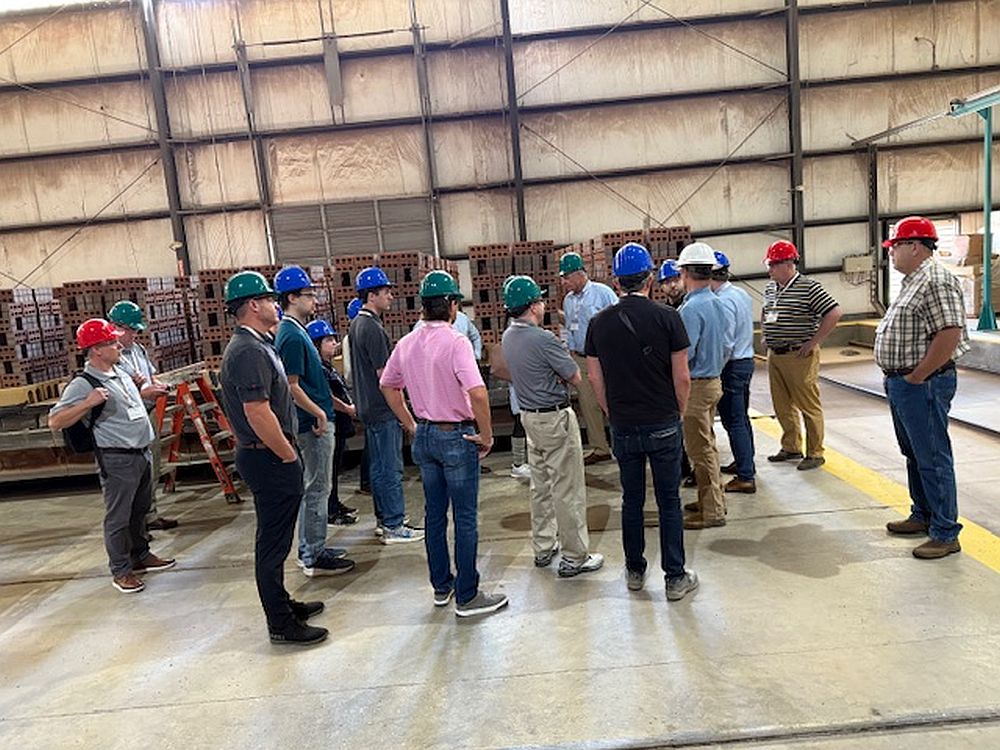
[Image above] Credit: Samsung Galaxy Z, Wikimedia (CC BY 2.5)
February brings the second installment of the Glass: Then and Now series, which highlights ACerS journal articles that have played historically critical roles in advancing glass science and technology, as well as recently published articles that are setting future directions for the field.
The topic this month is Toughness and mechanical properties. Lothar Wondraczek of the University of Jena in Germany authored the following introductory notes on this topic.
Wondraczek has authored over 35 articles and book chapters in ACerS publications, including several contributions to the recent special issue of the International Journal of Applied Glass Science, which highlights the accomplishments of the Centre for Functional and Surface Functionalized Glass (FUNGLASS). Wondraczek is also a mentor for the professors at FUNGLASS, fostering friendships with and advancing the scientific excellence of the next generation of glass scientists in Slovakia.
We thank Wondraczek for his many achievements.
We frequently stress that glasses could be—in principle—among the strongest man-made materials, if only their resistance to microscopic defects could be overcome. A hundred years after Griffith published his seminal work, we know very well that such defects exert stress amplification, whereby the locally acting stress may be orders of magnitude higher than the externally applied, practical stress level. Brittleness is intuitively and intimately associated with glass perception, the great antagonist to beauty.
On the other hand, same as with optical appearance and functionality, most of today’s glass applications rely on the material’s mechanical performance: glass screens and display covers need to be strong and tough to resist daily handling, glass fiber must be stiff and resistant to enable lightweight composite structures, and glass containers must withstand heavy use as well as inside pressure or chemical constraints. If anything, recent years have seen a significant increase in the requirements and specifications which are imposed on the mechanical reliability of modern glass products.
Given the fundamental constraints of oxide glass chemistry, the holy grail—material formulations leading to unbreakable glasses—remains out of sight. Instead, post-processing methods have become well-established in the past century as ways to notably improve on the mechanical performance of glass products.
But both chemical and thermal strengthening seem to have reached a crossroads, where further advancement of these methods will require improved understanding of the underlying relations between physical behavior and chemical structure. Not only does this require new experimental methodology such as highlighted in this section of Glass: Then and Now, it already opened the door for new avenues toward damage-resistant glasses.
Nanomechanical studies, in combination with novel understanding of local versus global properties, elastic-plastic deformation, and its tailorability through glass chemistry, promise a bright future for glasses with adapted mechanical behavior.
– Lothar Wondraczek, University of Jena
Articles for Toughness and mechanical properties
Author
Jonathon Foreman
Spotlight Categories
- Journal and Bulletin Updates


